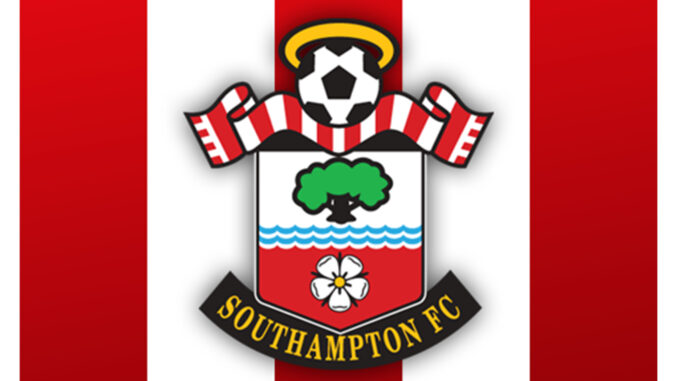
When I first started watching football, the FA Cup felt bigger than the league in many ways. Attendances were higher than for league matches, and a trip to Wembley seemed possible for most clubs. But over the years, that magic has gradually faded.
My first FA Cup experience was at the Dell in January 1972, when Manchester United visited for a third-round clash.

The stadium was packed, and both teams fielded their strongest sides, including legends like George Best, Bobby Charlton, and Denis Law for United, and Mike Channon, Terry Paine, and Ron Davies for Southampton.

The game ended 1-1, leading to a replay at Old Trafford, where Saints lost 4-1. Back then, replays were common, and the magic of the FA Cup was undeniable.

By the 1990s, the cup still held its charm. In 1990, 9,000 Saints fans traveled to Tottenham for a 3-1 victory, dreaming of a Wembley final. Though the run ended at Anfield, the passion was evident, with 5,000 fans filling the away end. Large away followings were the norm, with 12,000 Saints fans at West Brom in 1976. However, changes were brewing. By 1984, TV schedules shifted games to Friday nights and Sundays, and the Premier League’s rise and stadium redevelopments began to erode the cup’s traditional appeal.

The FA Cup’s decline became more apparent in the 2000s. In 2003, despite reaching the final, a third-round tie against Spurs drew 5,000 fewer fans than a league game days earlier. Kickoff times and ticket prices played a role, but the dominance of the “Big 4” (Liverpool, Manchester United, Chelsea, and Arsenal) also diminished the competition’s unpredictability. Since 1995, only a handful of underdogs, like Portsmouth, Wigan, and Leicester, have lifted the trophy, with Manchester City joining the elite winners’ circle.

Today, the FA Cup struggles to capture its former glory. TV scheduling, weakened teams, and high ticket prices have drained its magic. Southampton’s recent cup attendances reflect this trend. While cheap tickets once drew crowds, like the 25,195 who watched Saints face Watford in 2018, recent matches have seen dwindling numbers. Just 12,000 attended the Swansea tie this season, a stark contrast to previous years.

The club’s decisions have alienated fans. Closing the Kingsland Stand, relocating loyal supporters, and high ticket prices have left many feeling exploited. While initiatives like fanzones aim to enhance the matchday experience, fans see them as money-making schemes rather than genuine efforts to engage them. The disconnect is clear, and the responsibility lies with CEO Phil Parsons and the board.

The FA Cup’s decline is a symptom of broader issues in football, but Southampton’s handling of fan relations has accelerated the problem. To restore faith, the club must prioritize affordable tickets, better communication, and respect for its loyal supporters. Without change, the magic of the cup—and the connection with fans—will continue to fade.
Leave a Reply